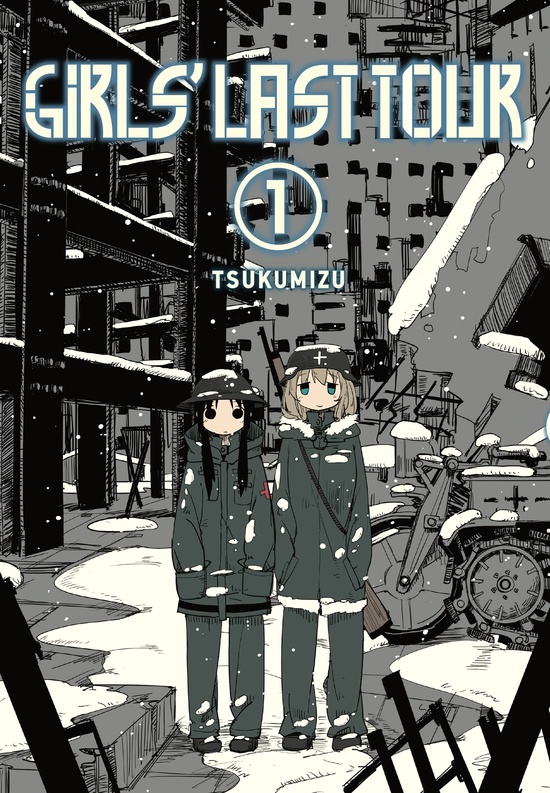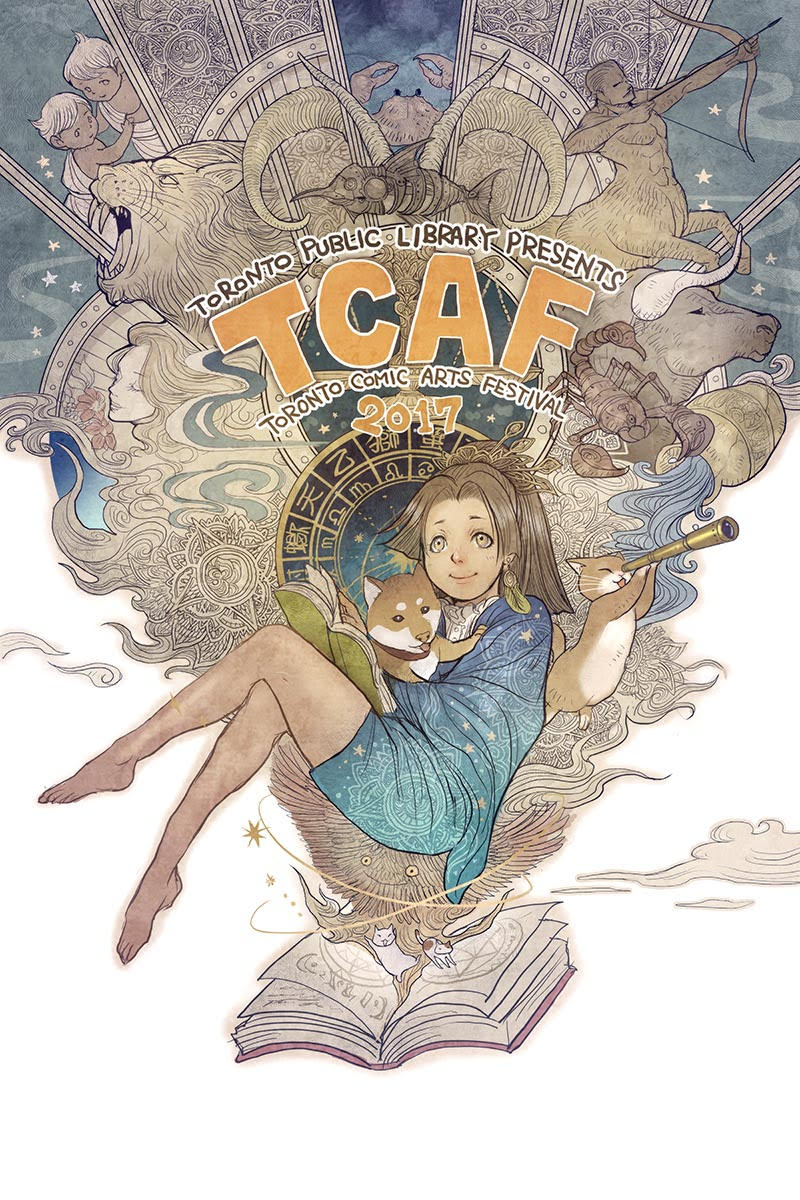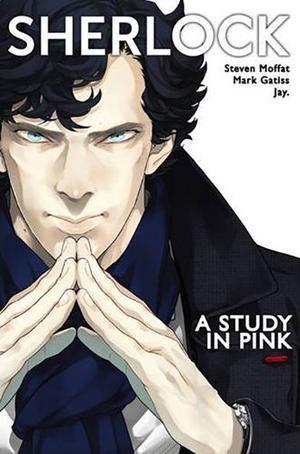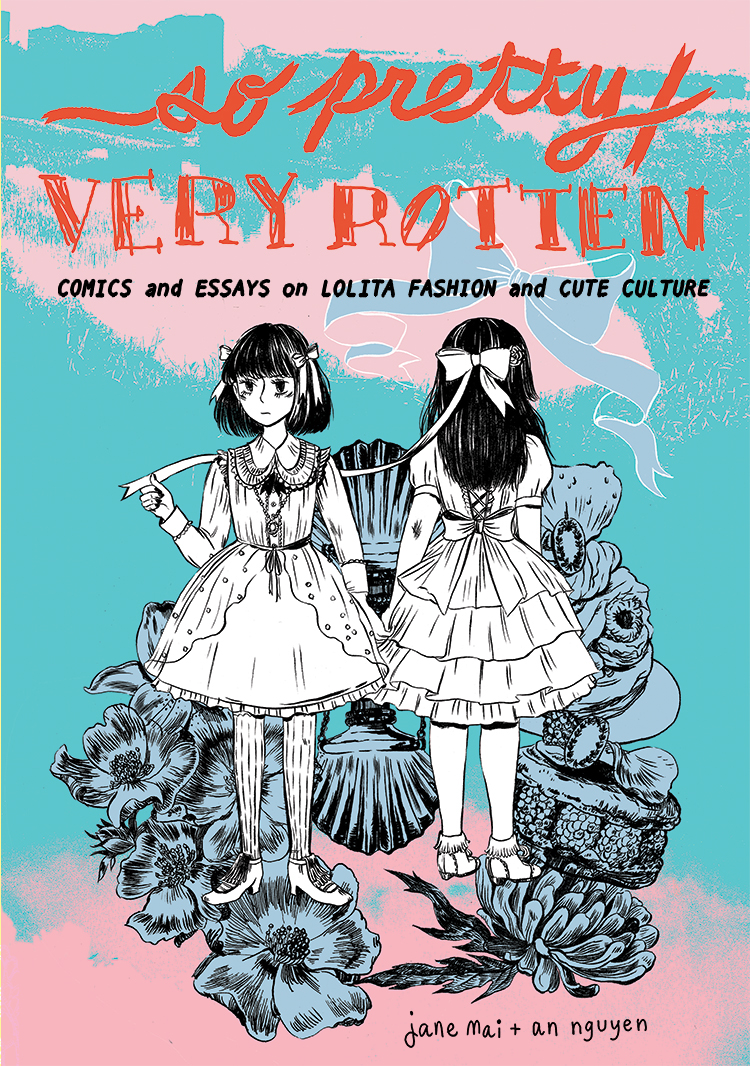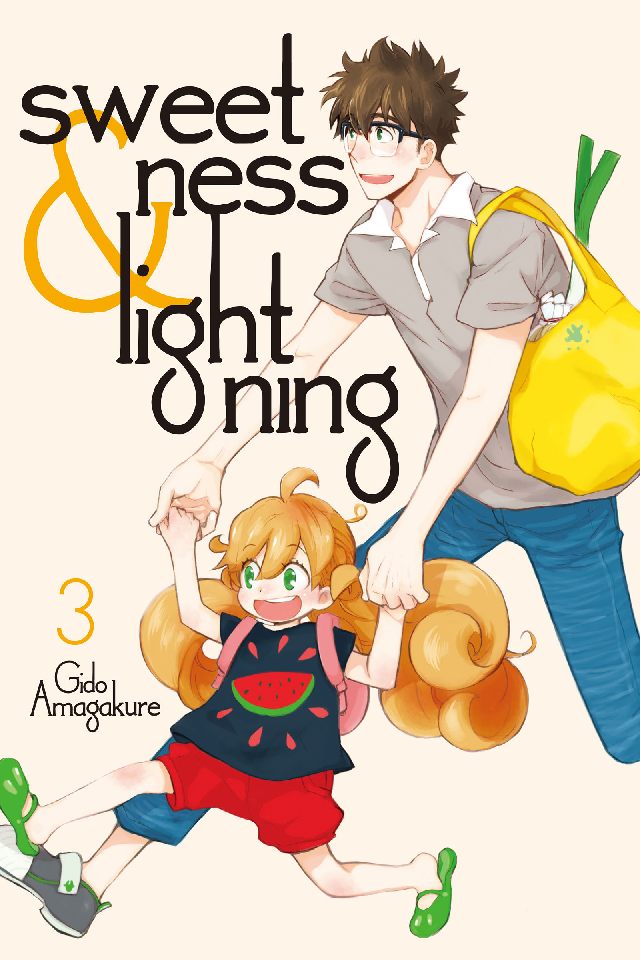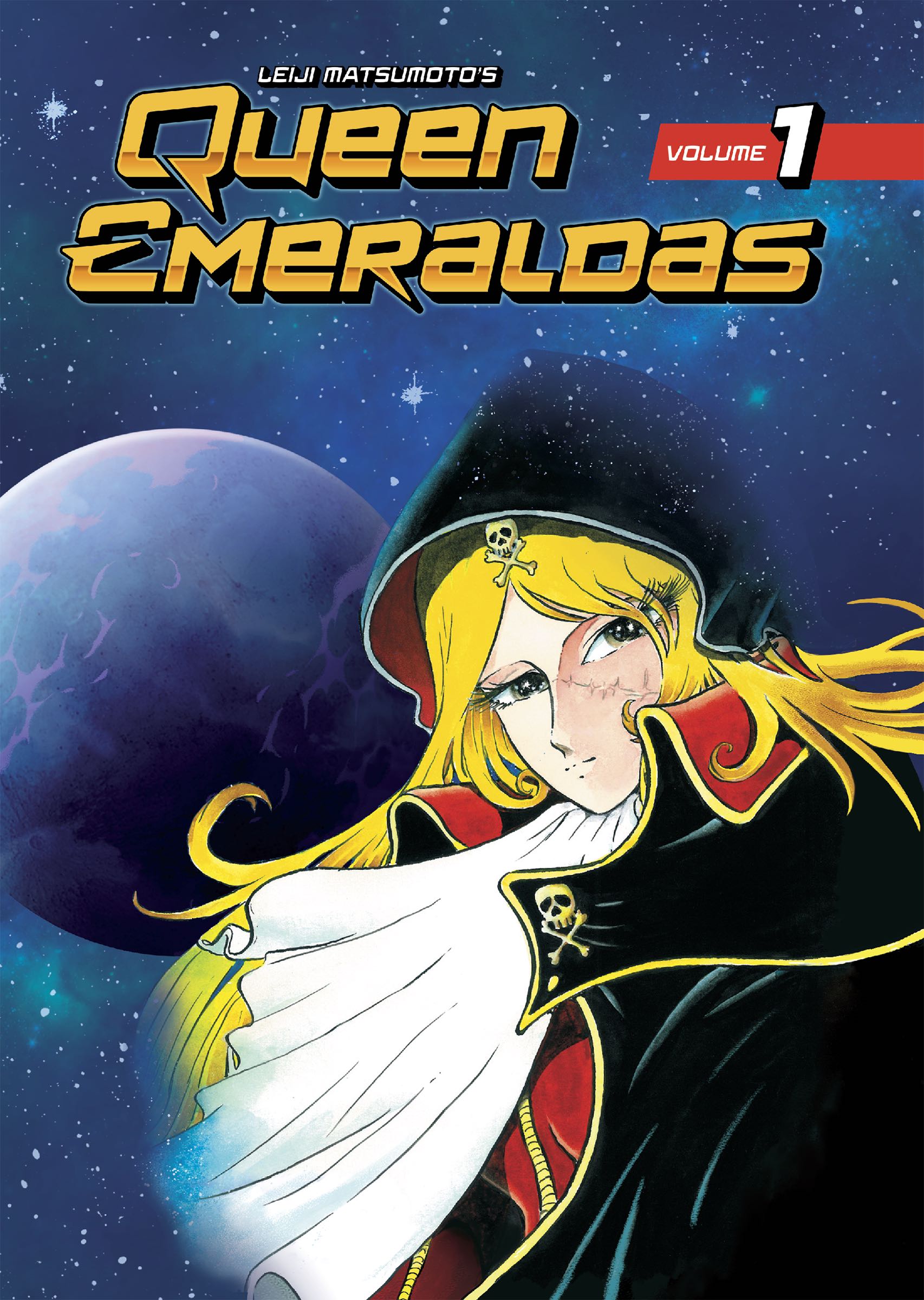My News and Reviews As has been previously mentioned, a couple of weekends ago I attended the Toronto Comic Arts Festival (which I've apparently been going to for five years now). It took me a …
Continue Reading about My Week in Manga: May 22-May28, 2017 →
